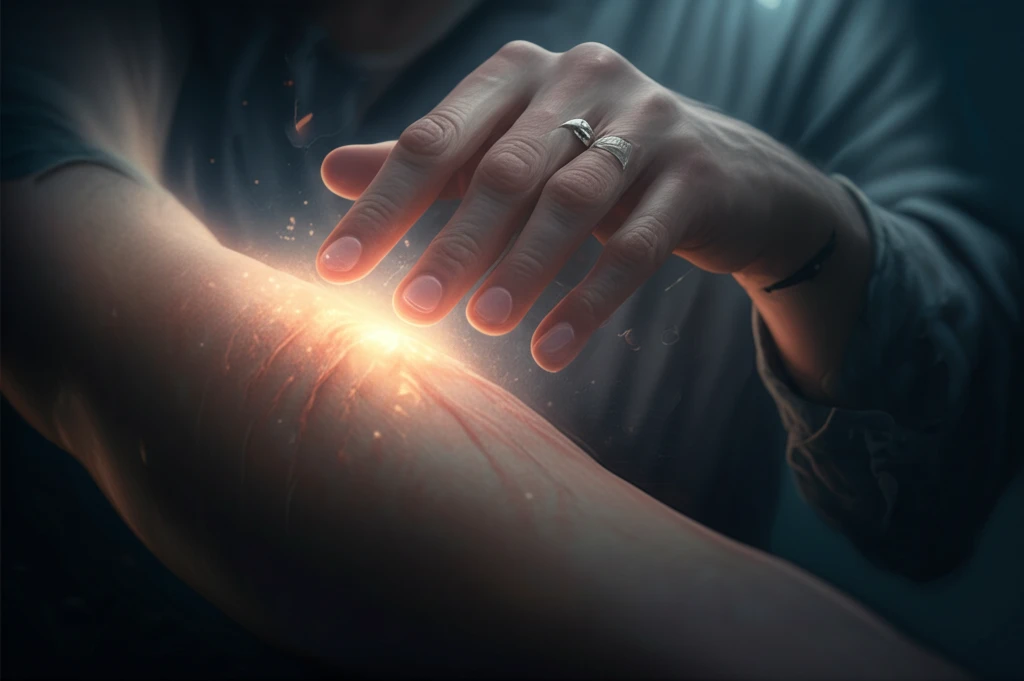
Decoding Scars: Your Ultimate Guide to Assessment, Treatment, and Care
"Navigate the world of scar management with our comprehensive guide. Learn about the latest assessment tools and effective strategies to minimize scarring and restore your skin's natural beauty."
Scars are a common part of life, often serving as visible reminders of past injuries, surgeries, or skin conditions. While some scars fade almost into oblivion, others can be more persistent, impacting both physical comfort and emotional well-being. Understanding the nature of scars and the factors that influence their appearance is the first step toward effective management.
Scar tissue differs significantly from normal skin. It’s often characterized by changes in color, increased thickness, irregular texture, and reduced pliability. These differences arise from the body’s natural healing process, which sometimes results in an overproduction of collagen and other structural proteins. The quality of a scar is also determined by a combination of features including its color, thickness, pliability, relief, and surface area.
This comprehensive guide will walk you through everything you need to know about scar assessment and management. Whether you're dealing with a recent injury or a long-standing scar, you'll find valuable insights and practical strategies to help minimize their appearance and improve your skin's overall health. We'll cover everything from objective measurement tools to subjective patient experiences, empowering you to take control of your scar care journey.
Understanding Scar Assessment Tools: Objective vs. Subjective

Effective scar management begins with a thorough assessment. This assessment should ideally incorporate both subjective and objective measures to provide a complete picture of the scar's characteristics and its impact on your life. Subjective assessments capture your personal experience of the scar, including any pain, itching, or emotional distress it may cause. Objective measurements, on the other hand, provide quantifiable data on the scar's physical attributes.
- Subjective Scar Assessments: These rely on your perception and feelings about the scar. Questionnaires and scales are used to capture aspects like pain, itchiness, sensitivity, and overall satisfaction with the scar's appearance. The Patient and Observer Scar Assessment Scale (POSAS) is a great example.
- Objective Scar Assessments: These tools provide measurable data about the scar’s physical properties. These include devices that measure color, thickness, and texture. Objective measurements are essential for tracking changes over time and comparing the effectiveness of different treatments.
Empowering Your Scar Care Journey
Scar management is a personalized journey that requires understanding, patience, and the right tools. By familiarizing yourself with the various assessment methods and treatment options available, you can take control of your skin's health and well-being. Whether you choose to explore advanced medical procedures or focus on simple at-home care, remember that every step you take contributes to a more confident and comfortable you. Consulting with a dermatologist or scar specialist is crucial to tailoring a plan that meets your unique needs and achieves the best possible results.
